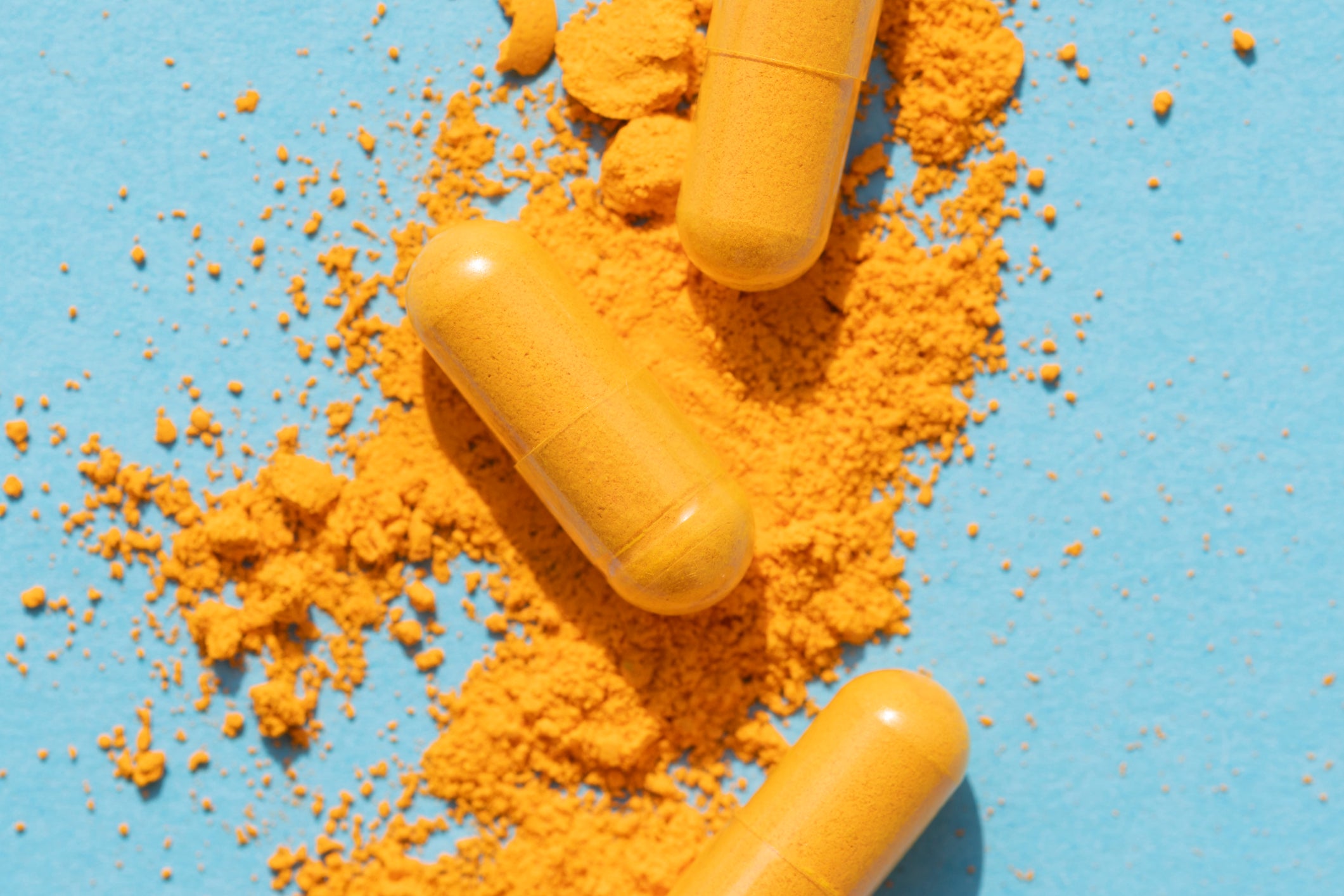by Kendra Muur
Hi everyone! We’re starting a new section for our weekly blog, and we are so excited about it! We’re calling it Curcumin Corner and are looking forward to keeping you all up to date with the significant health benefits of curcumin. As one of our most exciting products from our Elite line, CurcElite has paved the way in allowing our bodies to experience the incredible impact of bioavailable curcumin.
In some of our past blogs and podcasts, we have discussed topics regarding curcumin and how it compares to and works synergistically with sulforaphane, its anti-inflammatory properties, and how it compares to other curcumin brands on the market. Our hope with this new section is to take you with us as we journey through the remarkable world of curcumin and why we invest so much time and energy in learning about and creating a product that really holds purpose in our day-to-day lives.
First of all, as most of you know, curcumin is the primary curcuminoid and active ingredient of turmeric (a yellow root related to the ginger family). This phytonutrient has been used for ancient medicinal purposes, especially as an anti-inflammatory agent. Curcumin’s response to localized joint inflammation in particular shows a significant suppression of the nuclear factor (NF)-kB signaling pathway and pro-inflammatory cytokines (small important proteins that regulate cell signaling and immune response).
This is critical in understanding the underlying biological activities that occur in joint inflammation because NF-kB serves as the command center for certain cell performance including cellular growth, cellular apoptosis (cell death) and inflammatory responses.
In other words, when NF-kB is activated by an enzymatic complex (IKK), a subunit of NF-kB will travel to the nucleus and solicit an inflammatory response. The resulting inflammation creates a down-regulation of some very important metabolically active cells (chondrocytes) that are responsible for making the extracellular matrix (necessary, nutrient-filled “padding”) for the joints’ cartilage layer. This is how localized joint pain is induced. However, when NF-kB signaling is inhibited, the entire pathway is blocked, allowing the joints to have the “cushioning” they need to function well. To put it more simply, think about the game Electricity.
In this game there are two lines of people on opposite sides of a room, and everyone in the same line is holding hands with the person next to them. A coin gets flipped and depending on the side it lands, the first people in line on both sides start a chain reaction aka the electricity by squeezing the hand of the person next to them. Everyone has to be engaged and ready to pass the squeeze along or the game fails. Based on one event happening, a message will travel through a series of people and signal the last person in line to take action as fast as possible. In this case they grab a designated item between the two lines at the end of the line and try to beat their opponent. Loosely put, this is similar to how signaling pathways work in communicating with the cells in our body, inducing or inhibiting certain reactions.
In a fairly recent paper, several clinical and preclinical trials were reviewed that involved several studies analyzing curcumin’s efficacy in minimizing joint inflammation. These studies ranged from 4 weeks to 8 months with participants daily administered 180 mg to 2,000 mg of curcumin extract, along with a control group and other participants who were administered common pain relievers, a placebo, chondroitin, glucosamine and a few other treatments.
One of the studies evaluated 245 participants experiencing severe joint pain who were split into two groups: 185 participants given 1,500 mg curcumin extract (C. domestica) and the other 160 participants given 1,200 mg ibuprofen. The duration of the clinical trial was 4 weeks and resulted in both groups demonstrating comparable endpoint assessment scores using Western Ontario and McMaster Universities Arthritis Index (WOMAC). This assessment took into account overall pain levels, stiffness, and physical function at the end of the trial.
Two other studies resulted in participants who experienced significant improvements in comprehensive joint pain and tenderness following their curcumin supplementation compared to those who received a placebo. Another experimental group containing 19 participants who received a combination of 1,500 mg curcuminoids and 15 mg of piperine (natural inhibitor) for 6 weeks exhibited a reduction of inflammatory biomarkers (cytokines).
In evaluating each of these in-depth studies, it’s apparent that curcumin is capable of combating severe joint inflammation by reducing localized joint pain through NF-kB inhibition. We see this in the comparison of curcumin to common painkillers, yielding similar outcomes for participants who experienced significant improvement in areas such as pain-free walking time, grade of knee effusion, reduction of moderate-to-severe joint pain, and decreased joint line tenderness after using curcumin for a designated period. The majority of the clinical participants mentioned in the literature experienced better functionality and improved quality of life. As a whole, bioavailable curcumin offers promising relief for those dealing with degenerative joints.







0 Comment